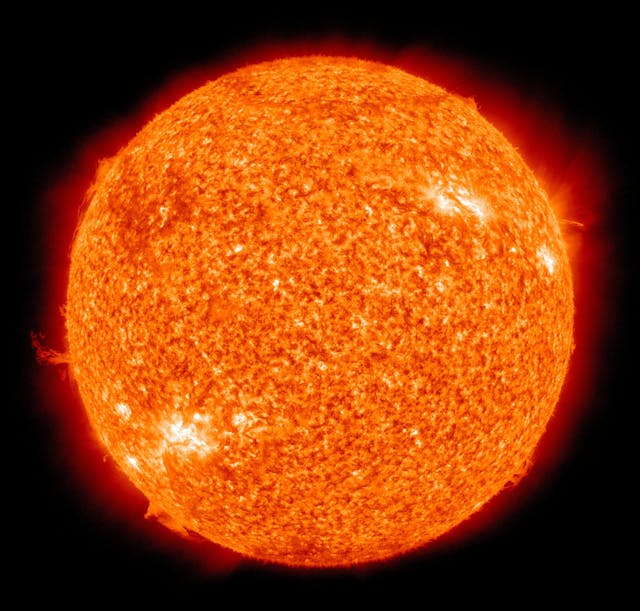In a groundbreaking achievement, humanity has just taken the closest look at the Sun ever recorded — not from afar, but from within the very fringes of its atmosphere. This remarkable milestone was made possible by NASA’s Parker Solar Probe, a pioneering spacecraft designed to venture closer to our star than any mission in history.
Table of Contents
A Historic First: Touching the Sun’s Atmosphere
For centuries, astronomers have studied the Sun from a safe distance, but the closest look at the Sun achieved by the Parker Solar Probe changes everything. In its recent flyby, the probe entered the Sun’s corona — the outermost part of its atmosphere — enduring extreme conditions that no spacecraft had ever faced before.
This daring maneuver allows scientists to observe solar phenomena up close, providing unprecedented insight into the origin of solar winds, the Sun’s magnetic fields, and the mechanisms behind massive solar storms that impact Earth.
How NASA Made It Possible

The Parker Solar Probe was launched in 2018 with a clear mission: get closer to the Sun than any spacecraft in history. To achieve this, engineers equipped it with an advanced heat shield capable of withstanding temperatures of nearly 1,377°C (2,500°F).
Traveling at speeds exceeding 430,000 miles per hour — fast enough to circle Earth in just over three minutes — the probe skillfully navigated the Sun’s intense gravitational pull to make this closest look at the Sun possible.
Why This Matters for Earth
The closest look at the Sun is not just a feat of engineering; it has direct implications for life on Earth. By understanding solar wind patterns and the Sun’s magnetic behavior, scientists can better forecast space weather. This knowledge is crucial for protecting satellites, power grids, and communication systems from destructive solar storms.
Moreover, these insights may lead to better preparation for events like the 1859 Carrington Event — a massive solar storm that once knocked out telegraph systems worldwide.
Stunning Images and New Discoveries
The images captured during this mission are unlike anything humanity has ever seen. They reveal towering plasma structures, swirling magnetic fields, and dynamic bursts of solar material — all in breathtaking detail. This closest look at the Sun has already challenged previous scientific theories and will likely redefine our understanding of how stars function.
The Road Ahead for Solar Exploration
NASA plans for the Parker Solar Probe to make even closer approaches in the coming years. Each flyby will bring us deeper into the Sun’s atmosphere, promising more data, more discoveries, and an even sharper closest look at the Sun than what we have today.
This mission represents more than technological prowess — it is a leap forward in humankind’s quest to understand the cosmic forces that shape our solar system.
FAQ – Closest Look at the Sun
How close did the Parker Solar Probe get to the Sun?
The probe reached within 8.1 million miles (13 million kilometers) of the Sun’s surface — entering the corona.
Why is this mission important?
It provides data to help predict space weather, protecting critical Earth-based systems from solar storms.
How does the probe survive the Sun’s heat?
A state-of-the-art heat shield deflects extreme temperatures, keeping onboard instruments cool enough to function.
Will we get even closer views in the future?
Yes, NASA plans additional flybys that will venture even nearer to the Sun in the coming years.
For more groundbreaking space news, visit Documentary Times.